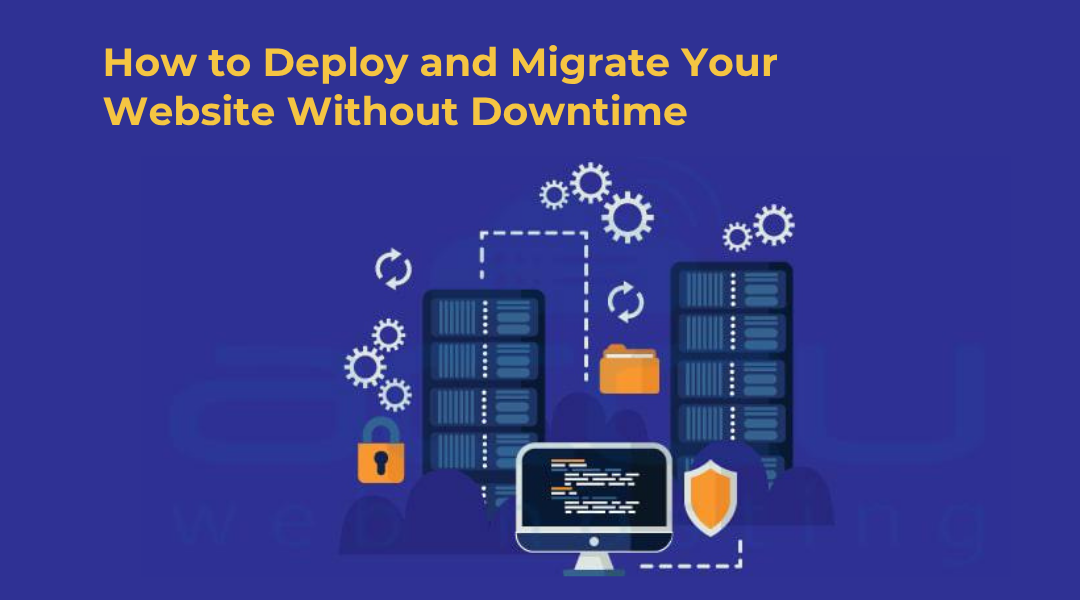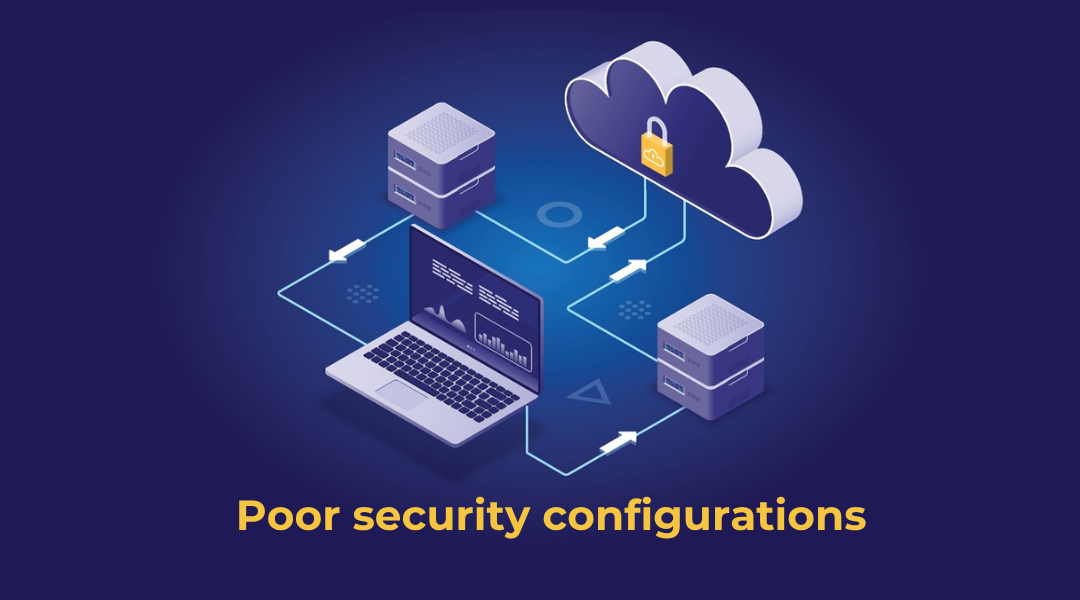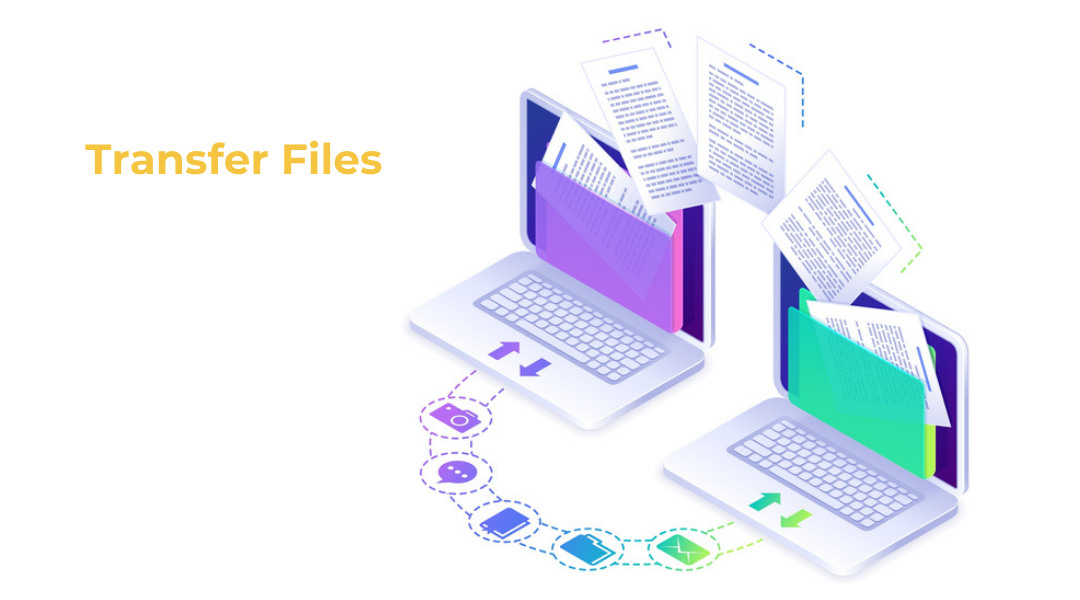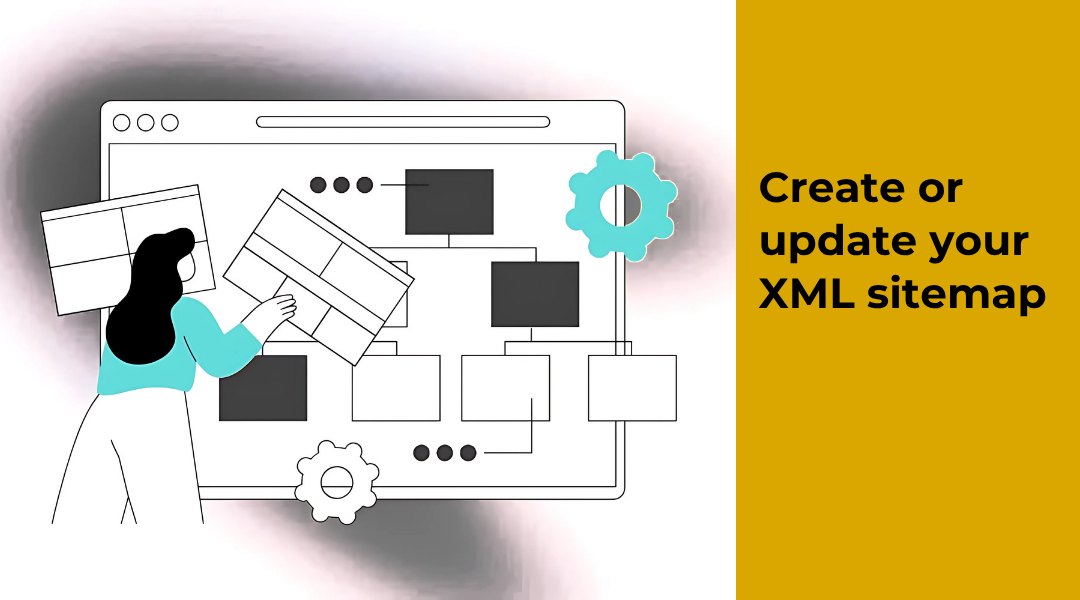
I’ve seen it too many times. A website migration gone wrong. Downtime. Lost visitors. Frustrated clients.
But here’s the good news: your site doesn’t have to go dark just because you’re switching hosts.
Over the last nine years, I’ve migrated everything from scrappy WordPress blogs to large-scale full-stack platforms. And I’ve learned how to do it without anyone noticing—no outages, no panic, and no broken links (well, almost none).
This guide walks you through exactly how I handle migrations with zero downtime. And no, you don’t need to sacrifice your weekend or your sanity to do it.
What You’ll Learn in This Guide
- Why you might need to migrate your site
- What makes downtime so dangerous
- My personal pre-migration checklist
- A step-by-step migration process that works
- Smart DNS management
- Testing methods before going live
- Post-migration fixes to avoid surprises
Why Migrate in the First Place?
Maybe your host is slow. Maybe it crashes often. Maybe their support team vanishes when you need them most.
Or maybe you’ve outgrown what you’re using. If you’re managing anything beyond a static brochure site—especially something full-stack like the ones I break down in my modern web application guide—you’ll eventually need a hosting environment that matches your growth.
I typically recommend migration when I see:
- Time-to-first-byte (TTFB) issues
- Frequent downtime or 500 errors
- Limited resource access on shared plans
- Inflexible server stacks
- Poor security configurations

If your setup is holding you back, a migration is the smart move.
Downtime: The Silent Traffic Killer
Downtime is when your site isn’t accessible. Sometimes, it’s a white screen. Other times, it’s an error message. Either way, your visitors see it—and bounce.
Even brief downtime during migration can lead to:
- Dropped SEO rankings
- Lost sales or lead conversions
- User frustration and lost trust
- Bad impressions with clients or users
Downtime costs money and reputation. I treat it like a bug—something you prevent before it shows up.
My Pre-Migration Checklist
I don’t touch a site until I’ve ticked off every item below. It’s boring. It’s necessary. And it saves hours of cleanup later.
- Full file and database backup
- All login credentials verified (FTP/SFTP, cPanel, SSH, database access)
- Target hosting account fully configured
- Matching server stack or upgraded stack
- Temporary domain or staging site set up
- TTL (Time to Live) reduced in advance
For developers juggling frontend and backend, having an organized approach like this matters. I walk through environment setup in detail in my full-stack roadmap.
Step-by-Step Migration (Without a Panic Attack)
Back Everything Up
I start by zipping all files and exporting the database. phpMyAdmin works well for MySQL. SQL Server Studio for MSSQL.
Keep your backups labeled clearly. Trust me—there’s no honor in digging through “final-final.zip.”
Transfer Files

I use FileZilla for FTP transfers. With WordPress, All-in-One WP Migration makes this easier. If the site isn’t too large, even cPanel’s built-in File Manager works fine.
Don’t forget configuration files, email data, or scheduled jobs.
Import Database
On the new server, I create the database and import everything from the old one. I always double-check table prefixes and database user credentials. One mismatch and the site will throw connection errors.
DNS: The Invisible Magician
DNS changes are simple—but sensitive. Done wrong, your traffic goes nowhere.
I follow these steps:
- Reduce TTL to 300 seconds at least 24 hours before migrating
- Keep the old server active while making the transition
- Switch nameservers or update A records once testing is complete
- Monitor using tools like DNS Checker
Reducing TTL ahead of time lets changes propagate quickly. It’s a small step with a big payoff.
Pre-Launch Testing
Before flipping the DNS switch, I make sure everything is working as it should.
If I can’t use a staging URL, I modify my local hosts file to preview the site on the new server.
Here’s what I test:
- Every page loads
- All links work
- Forms submit data
- Login and registration work
- No JavaScript or PHP errors in the console
- Admin area behaves as expected
If your project uses frameworks like React or Node, test API calls and routes. I explain this further in my breakdown of modern full-stack stacks.
The Final Switch
Once I’m confident the new site works, I update DNS records. For most migrations, this means:

- Pointing the domain to new nameservers
- Or updating A and CNAME records to new IP addresses
I keep the old hosting active for 48 hours. This overlap prevents loss of email or traffic during global propagation.
Post-Migration Checks
Now that the site is live on the new host, it’s time for a final cleanup.
- Run a broken link checker
- Confirm Google Analytics is still tracking
- Check error logs (PHP, Apache/Nginx)
- Verify caching and CDN settings
- Submit a new sitemap to Google
- Watch your uptime and server load
I typically submit updated sitemaps via Search Console and keep monitoring tools active for the next 72 hours.
Tell Google You’ve Moved
If you changed your domain (not just hosting), open your old site’s Google Search Console, click “Change of Address,” and enter your new URL.
Also:

- Create or update your XML sitemap
- Submit it in the new Search Console profile
- Use “Fetch as Google” to speed up indexing
If you’re not handling this yourself, hand it off to someone who understands how redirects and SEO tools work. You only get one shot to preserve rankings during a domain switch.
Common Migration Gotchas
Even with planning, some issues still sneak through. Here’s what I look for post-migration:
- Missing files from partial uploads
- Incorrect file permissions on Linux servers
- PHP version mismatches
- Hardcoded URLs from old installs
- Outdated plugins that fail on new environments
I’ve seen a migration break simply because someone forgot to change the site URL in the WordPress settings. Don’t be that someone.
Final Thoughts
Website migrations don’t have to be dramatic. They should be boring. That’s how you know it went well.
With the right planning, a few smart tools, and careful testing, you can move your entire website to a new server—without anyone even noticing.
If you’re doing this as part of a full-stack workflow, like many of my readers are, the smooth handoff between server, app, and domain is critical. I’ve covered those pieces across topics like backend vs frontend dev and stack selection.
Got questions about your own migration? Need help setting up a seamless deployment process? I’m here.
Let’s make your next move your smoothest one yet.
